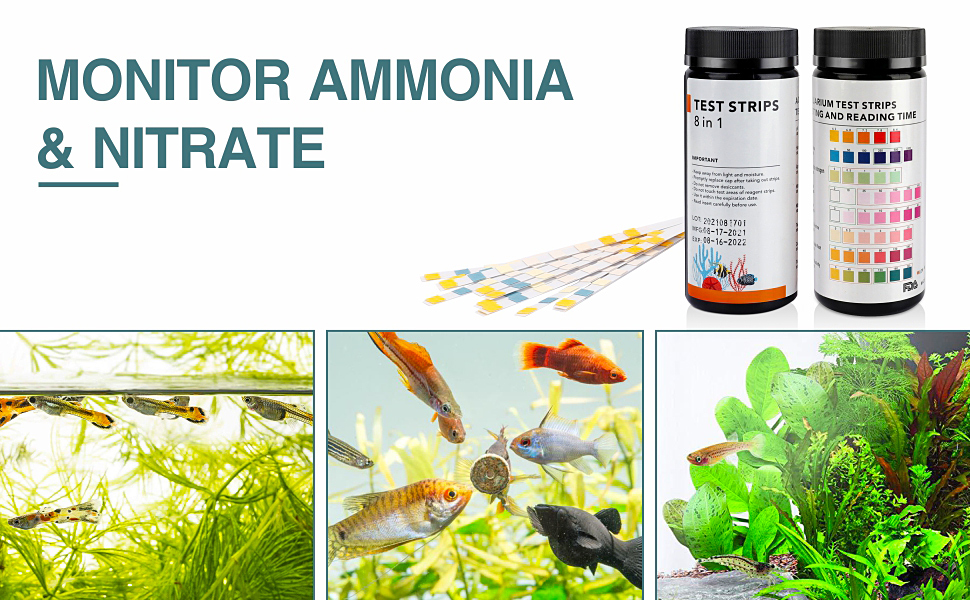How Often to Change Gravel in the Fish Tank
By Sarah Duke from pickedbyfish.com
It’s vital to keep an eye on the conditions in the tank. This includes looking at the substrate you are using, which includes the gravel. But how can you make sure that you are caring for the aquarium gravel properly and replacing it correctly? Here are some of the tips you should know.
Do You Need to Replace the Gravel?
To answer this question, we need to understand the role that the gravel will play in your tank. The substrate will host good bacteria. This will allow you to clean the water. It will usually take a few months for the bacteria to get established.
After this period, it will be easy to keep the gravel healthy. All you need to do is vacuum the gravel. This will allow you to remove any debris that has accumulated on the gravel. This semi-auto gravel cleaner has everything you need to keep the gravel clean.
There are a few signs that it might be the right time to clean the gravel. This includes when there is a layer of debris, like feces, that has started to form on top of the gravel. It’s also important to make sure that you are regularly testing the water. If the ammonia levels start to creep up, it’s time to vacuum the gravel.

Working out a maintenance routine will depend on how many fish you have. The more fish in the tank, the more frequently you will need to clean the gravel. Generally, you should aim to do this every few weeks.
Sometimes, you will notice detritus worms living inside the gravel. These are small, white creatures. If you see this, it’s time to replace the gravel, as these worms will start to cause the material in the tank to decay.
As long as you do this, you won’t need to replace the gravel in the tank. But that doesn’t mean that you can’t. Sometimes, you will want to remove and replace the old substrate. Though simple, this can refresh the tank, making it look as good as new.
Here are the steps to follow when replacing the gravel in your fish tank
Wait for the Right Conditions
Wash the new aquarium gravel until it runs clear.
Then, keep it in a new tank, with the filter running. This will allow beneficial bacteria to build up on the gravel. It will take around a month. And it’s a good idea to test the water. There shouldn’t be a big difference between the two tanks.
You need to have the right conditions for changing the gravel.
First, don’t do it after you have changed the filter. This will allow the good bacteria to stabilize the water in your tank. It’s also a good idea to regularly test the water. Make sure that the ammonia and nitrate levels are zero. You can use a tank water test kit. If these conditions aren’t happening, it’s best to wait. You don’t want to stress your fish when you are changing the aquarium gravel.

Move the Fish to a Temporary Tank
Once these elements are in place, it’s time to get ready to start adding fish to the temporary tank. You don’t need to have a full-size aquarium. You only need a 10-gallon tank. This can often come in useful. For example, it can be used as a quarantine tank, where you can observe new fish before you put them into your new tank.
If you haven’t got a second tank yet, don’t worry. There are plenty of options for you to choose from. This list of 10-gallon aquariums will help you find the right one.
To move the fish, you need to fill the smaller tank with water. Then, remove any decorations from the regular tank and put them into the temporary aquarium. They will often have beneficial bacteria, which you will want to protect. Before you move the fish, test the water, so you know it’s safe.
It should now be a simple procedure of removing the old gravel. Then scoop out the new gravel from the temporary cage and put it into the regular cage. Remember, you need to drain the tank before you add the gravel. Otherwise, it can trap debris on the bottom of the tank. Before you add water to the tank, make sure that everything is spread out evenly. This website has more tips on how you can add gravel to your fish tank.
Conclusion
Aquarium gravel is an important component of any fish tank. It will have beneficial bacteria, helping to create a healthy environment for your fish. Plus, it will help your fish’s mental health, replicating their natural environment. The glass bottom can freak some species out. Even better, as long as you vacuum the debris up every few weeks, you shouldn’t have any problems.
